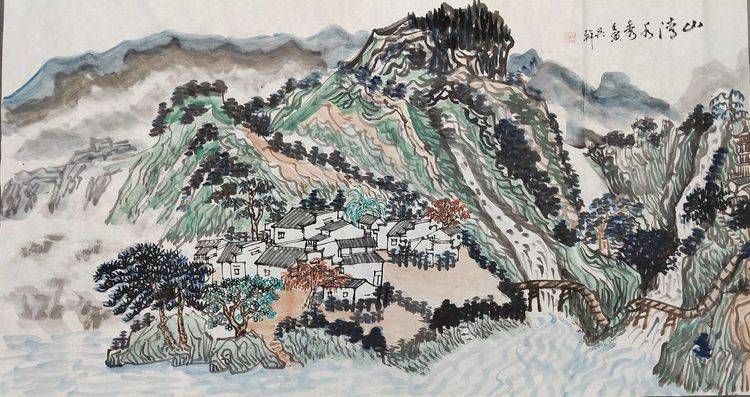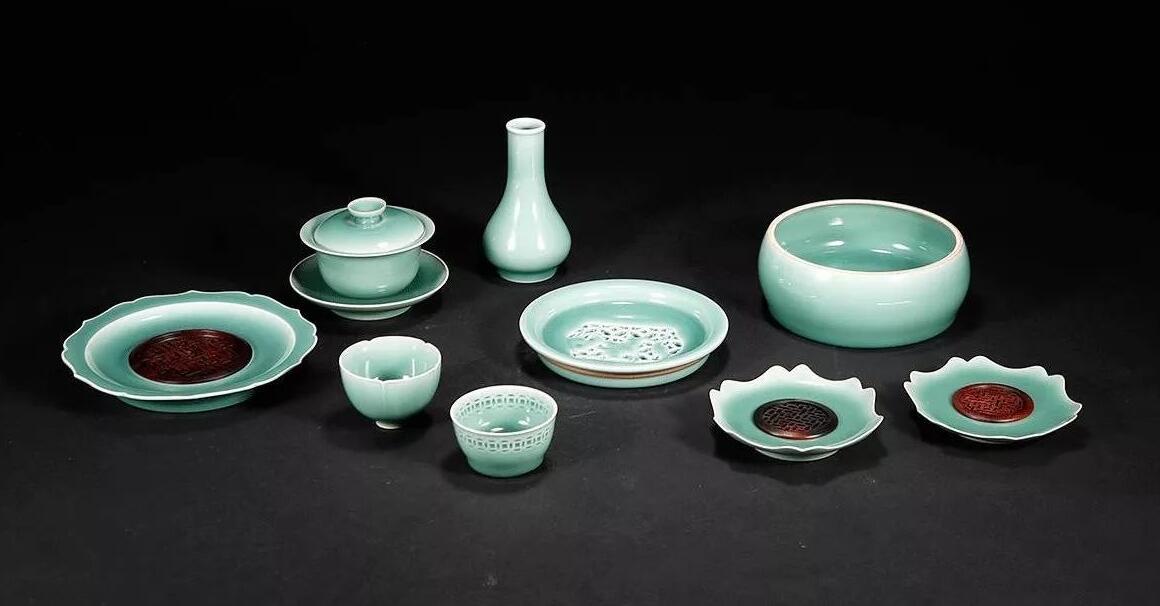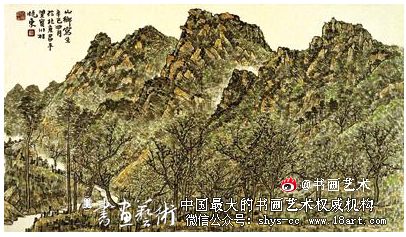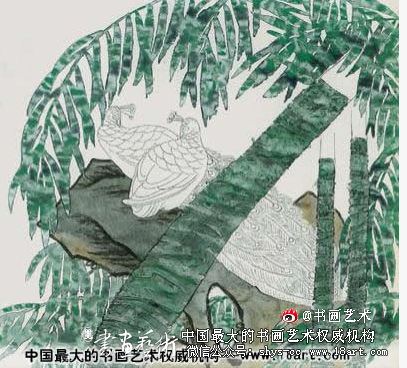书画收藏:食古纳新 瘦硬通神
大家好,艺术家的呼吸「艺术呼吸演示」很多人还不知道,现在让我们一起来看看吧!
在2017年深港双年展(UABB)龙华区上围分展场中,有一个名叫“多米诺”的展馆,不同于人们的常规体验,这个建筑里面没有一堵墙,而只有24扇可以任人转动的大铁门。它们自由的打开或是关闭,塑造了一个会“呼吸”的艺术空间。
A pavilion called “Dom-Ino” is presented by 2017 Bi-City Shenzhen Biennale of UrbanismArchitecture(UABB) – Sub-exhibition in Shangwei Village. Different from conventional buildings, this pavilion has no walls, but 24 huge iron doors. Doors can be either opened or closed at any angle by rotating, which allows the space to “breathe”.
▼项目鸟瞰,bird view © 张超
▼项目航拍顶视图,aerial top view © 张超
柯布西耶提出“多米诺”原型,带来了自由平面、自由立面的无限可能。中国南方的平凡村落上围一栋被弃置的混凝土未完成建筑,与多米诺原型惊人相似,以实体标本的形式显示出多米诺框架在上围村的应用。
“Dom-Ino House” proposed by Le Corbusier in 1915, brings infinite possibilities of free plan and elevation to architectural design. 100 years later, an old building left with unfinished concrete structure frame, found abandoned in an ordinary village of southern China, is strikingly similar to the “Dom-Ino House” prototype, and is demonstrating its application of the “Domino System” in the Shangwei Village, like a specimen.
▼由街道看建筑,viewing the project from the street © 张超
▼入口台阶,steps at the entrance © 张超
本原设计研究中心对这个旧建筑进行一系列的改造设计策略:1. 保留整理原有混凝土结构框架,;2. 添加24扇巨大的金属转门,以不同的开启组合形成可以灵活使用的艺术与教育空间。
Benyuan Design and Research center has carried out a series of renovation strategies to this old building: 1. Retain the original structure of the concrete frame; 2. Use 24 giant iron doors to create a space with different spatial combinations for the multi-functional use for art and education.
▼项目概览,general view © 张超
▼侧立面,side facade © 张超
▼由项目与周边环境的缝隙仰视天空,Look up to the sky from the gap between the project and the surrounding environment © 张超
多米诺展馆将成为了一个可以灵活转化、沟通不同人群、不同文化状态的社区生活框架。一楼将设置一个常用的工作室空间用于策展人办公或公共教育功能。二楼新增设的16扇通高转门可以灵活围合、切分展馆空间,以容纳艺术展览、社区聚会、小型演奏等活动。屋顶则作为社区公共活动平台。
The Dom-Ino Pavilion becomes a flexible platform for communications between different groups of people and different cultures. The ground floor has a studio, which can be used as the client’s office or public educational space. The newly added 16 rotatable doors on the second floor can enclose and split space for various activities, like art exhibitions, community meeting and small performances, etc. And the roof terrace serves as a community social area.
▼项目室内空间概览,general view of the interior © 张超
▼二楼展馆空间,exhibition space on the upper floor © 张超
▼空间由金属旋转门与玻璃隔墙灵活围合,The space is flexibly enclosed by metal rotatable doors and glass partition wall © 张超
打开任一扇门,都会以一个不经意的角度聚焦上围村的某种风情:一棵笔直孤单的木瓜树;百年客家老宅的斑驳墙角;马赛克拼贴的粉色工厂;村民修建的欧式别墅。一个充满活力与矛盾的村落印象,在人们一次次旋转开铁门时显露出来。
Take a glimpse through any open door, you will see a unique image of Shangwei Village: a lonely papaya tree; a mottled corner of old Hakka house; a factory building facade with pink mosaic tiles; or houses of European style built by villagers. Through the giant doors, the framed views reveal the vitality and conflicts of this village.
▼穿孔金属板与斑驳的墙面,Perforated metal panels contrast with mottled walls © 本原设计研究中心
▼旋转门,rotatable doors © 本原设计研究中心
▼打开任一扇门,都会以一个不经意的角度聚焦上围村的某种风情,Take a glimpse through any open door, you will see a unique image of Shangwei Village © 本原设计研究中心
而封闭的门扇,则被面纱一般的穿孔图案所掩住。白日里,阳光透过这些小孔在地面留下光影,以光影的律动在特定时分激活地面,以不同的姿态回应周边环境的渗透。
The doors are covered by perforated patterns. In the daytime, sunlight goes through the small holes and leaves shadows on the ground. The light and the shadow, following the rhythm of time, respond to the surroundings in an interesting way.
▼阳光透过小孔在地面留下光影, sunlight goes through the small holes and leaves shadows on the ground © 本原设计研究中心
▼光影的律动在特定时分激活地面,The light and the shadow respond to the surroundings in an interesting way © 本原设计研究中心
日落之后,孔洞间透出的光会隐约构成一张柯布西耶的面庞。透过这个西方建筑理论的建构者的双眼,人们望见中国南方一片生长的村庄图景。
After sunset, the light coming through the holes will vaguely form the face of Le Corbusier. Through the eyes of this man, who constructed the modern western architecture theory, people will catch a vivid image of this southern village of China.
▼孔洞间透出的光会隐约构成一张柯布西耶的面庞,the light coming through the holes will vaguely form the face of Le Corbusier © 本原设计研究中心
▼光影效果,Light and shadow © 本原设计研究中心
▼夜景,night view © 张超
▼旋转门模型,model of the rotatable doors © 本原设计研究中心
▼概念生成分析,concept diagram © 本原设计研究中心
▼总平面图,master plan © 本原设计研究中心
▼平面图,plan © 本原设计研究中心
项目名称:多米诺展馆
建筑师:深圳大学-本原设计研究中心
联系邮箱:[email protected]
主持建筑师:孟建民、陈曦、曾凡博
设计团队:姜楠、梁景怡、雷健华
项目地点:深圳市龙华区上围村
项目年份:2017
项目面积:303平米
摄影师1:张超
摄影师网站: http://www.cargocollective.com/ZCSTUDIO
摄影师2:本原设计研究中心
策展团队:未来 城乡营造学院
建造团队:深圳市丰润建设有限公司
顾问:深圳市烨盛达金属制品有限公司
Project name: Dom-Ino Pavilion
Architect’ Firm: Benyuan Design and Research Center
Contact e-mail: [email protected]
Lead Architects: MENG Jianmin, CHEN Xi, ZENG Fanbo
Design Team: JIANG Nan, LIANG Jingyi, LEI Jianhua
Project location: Shenzhen
Completion Year: 2017
Gross Built Area (square meters or square foot): 303 sqm
Photo credits 1: Chao Zhang
Photographer’s website: http://www.cargocollective.com/ZCSTUDIO
Photo credits 2: Benyuan Design and Research Center
Other participants
(eg. collaborators, clients, consultants, etc):
Collaborator: Future Plus Academy
Contractor: Shenzhen Fengrun Construction Group Co.,Ltd
Consultant: Shenzhen Ye sheng da metal products co.,Ltd









